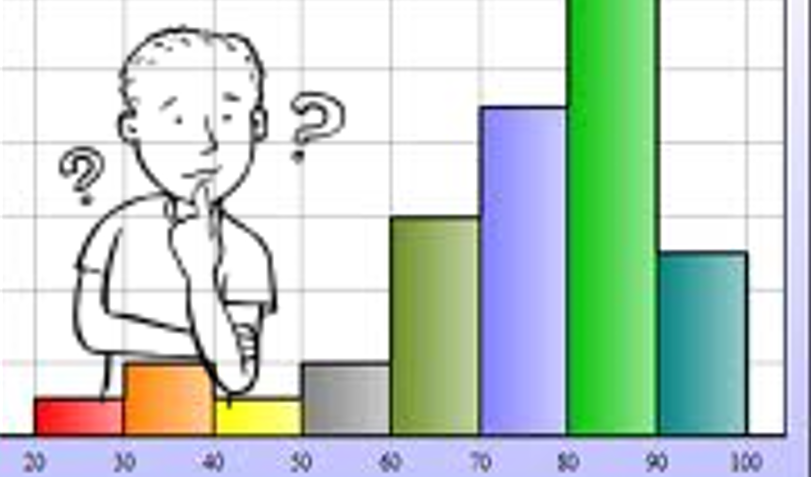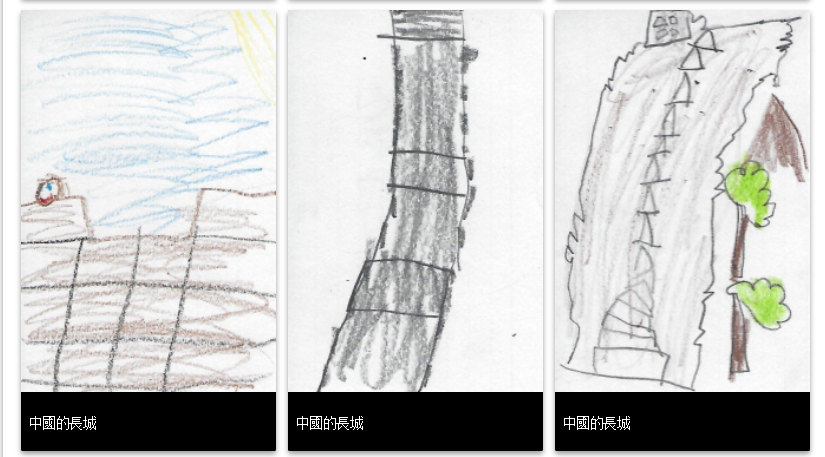Submitted by: Courtney Ahlberg, Wendy Gilmartin, Allison Koontz, Linda Korpics, Jennifer Rotz
School: Echo Lake Elementary
Summary
Students combine our graphing, citizenship, and maps units to self-generate ideas to collect data from a broad range of resources. Students created questions based on interest and the idea of collecting data from around the world. Each classroom voted on a class favorite based on student generated choices of topic. The topic of choice from each classroom was voted on by all students to determine a collaborative grade level topic. Students used a variety of voting methods including paper/pencil, hand raising, verbal voting, Promethean board, and Activotes. Discussions of how to collect data included asking others to respond through our 2nd grade blog. Students and families shared the blog post getting a variety of answers channeling local, state, country, and abroad contributors, focusing on locating information on maps as well. When the data was collected, students determined how to form their own graphs by determining what information to include and how to classify and tally this data. By working in self-directed methods, students determined whether to work individually, in pairs, or in cooperative learning groups with similar interests. Several types of presentations were determined by students including creating their own paper graph, using existing computer programs, and online graphing programs. Students shared their graphs and results based on self-directed choices with their class, community, and globally on our grade level blog. Students also created math problems related to their graph for other students to answer. Self and group evaluations were completed by students in addition to a rubric by each teacher.
TIPC Ratings
Teachers facilitate all classroom discussions based on data collection (including researching how to graph) students determine, student directed ways to locate information, why this information relates to graphing and citizenship, and how to share the results. Students take collected data and decide how to classify it and organize it appropriate to their interests to relate to their own customs and traditions.
Teachers are facilitating discussions based around student directed tools and conversations related directly to their own customs and traditions comparing it on a global level. Teachers show students how the blog works and encourage students to post comments and find other individuals to post comments related to our goal. Students determine appropriate digital tools (computer, Promethean Board, calculators, internet, blog) to formulate results and share data including global information. They evaluated their research, catergorization, and publishing methods with a rubric determing how they change their project in the future for growth and further understanding.
Teachers assess student driven data collection and student driven tasks based on a rubric. The data collection of a favorite holiday allows students to take information and determine how it can be categorized and classified based on over 300 results. Student generated questions, data collection, graphing, and presenting offered various opportunities for problem solving and critical thinking. Students determined what data to collect, how to collect it, and how to correlate to our citizenship unit. They reflect on their questioning methods, choices for data collection, and digital tools to share information globally.
Teachers AND students were actively engaged in all aspetcs of this lesson. Students created innovative ways to share information while discussing the use of digital tools to collect and share this information. Students used self-generated prior knowledge of their own customs, traditions, and diversity while incorporating a global perspective on how others view holidays and why geographical data is present. Students took risks while determining data to be collected, as well as categorizing information based on their own interests with the results. Both teachers and students reflected on how this process could be used for future data collection based on interest and curriculum of 2nd grade.






